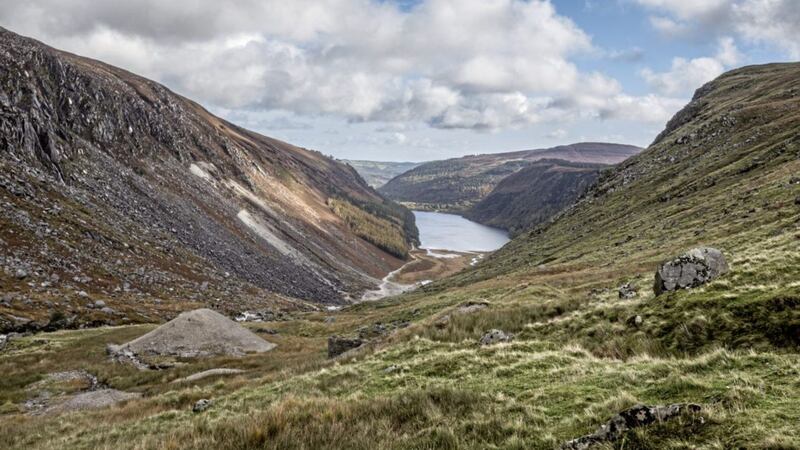THE starlings are back. The male is a wimp and scarpers as soon as he sees anyone come out through the door, but the female is defiant and feisty, perched on the roof and squawking at me to peck off before squeezing her way back in behind the guttering through the hole in the wall, which I thought I had fixed.
Two clutches of chicks hatched last year and I was delighted to play host because I thought they were nesting just under the roof tiles behind the gutter.
However, in the autumn when I went to inspect a leak I discovered the nest was actually in the attic. The memory of the sulphuric smell that rose from the remains of the nest in among the rafters still makes me gag.
Despite me balancing precariously on a ladder during the high winds and icy rain of February to block up the holes in the walls where they had worked their way in, they have managed to peck out my handy work.
I could go in through the attic to clear the nest and try to block the hole again but I presume the eggs have already been laid and that in a few days the hungry screeching of a new clutch of chicks will be sounding a day-long chorus.
I don’t have the heart to disturb them despite the structural damage their parents are doing to my house. But when they have fledged and the nest has been abandoned I will be using industrial strength concrete to ensure there is no second brood this year.
Coincidently, I took a walk through the Wicklow Mountains last week, up through Glendalough past the early Christian monastic settlement, which dates back 1,400 years, and the hermitage of St Kevin.
According to legend, the saint was laying in prayer with his arms outstretched in the shape of a cross when a blackbird landed in the palm of his hand, built a nest and laid her eggs. Being a saint, St Kevin lay perfectly still and waited patiently until the chicks had hatched and fledged.
His hermitage overlooks the higher of two lakes which give the area its Irish name – Gleann Dá Loch (glen of two loughs). The steeply rising sides of the glen are covered in trees, mostly oak – but with birch and rowan in there as well.
Some of the trees are multi-stemmed as a result of coppicing when the trees were cut down to the stem and allowed to regrow, creating additional timber for a once vibrant charcoal-making industry.
Located just under an hour’s drive to the south of Dublin, this is a popular day trip for international visitors to the city and at the weekend for people who live and work in the capital. Starting at the visitors centre car park, there are a number of marked walks taking you around the two loughs, with the longer trails taking you into the mountains themselves.
The forests are home to red squirrel and stoats, while jays and sparrow hawks and, higher up, peregrines can be seen.
As well as the natural setting, the remains of the monastery, which was founded by St Kevin in the sixth century, are another reason why this site is so popular. The site grew to become a ‘monastic city’ which flourished during from the 10th through to the 12th centuries and you could spend hours meandering among the remains of the cathedral, chapels and residences.
But the most striking feature is the 1,000-year-old round tower which stands at 33 metres and was built by the monks to provide shelter for themselves and their valuable religious artefacts from attack by Viking raiders – but it probably couldn't keep out the starlings.







